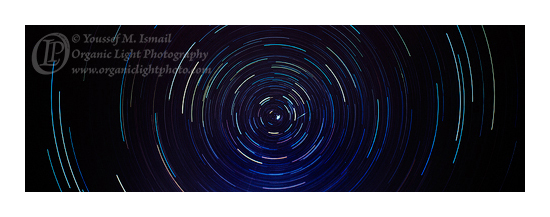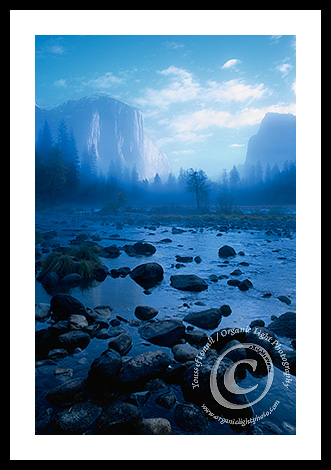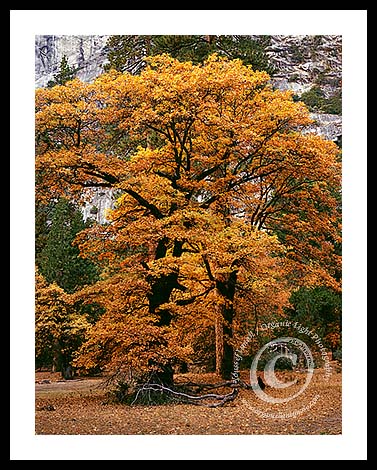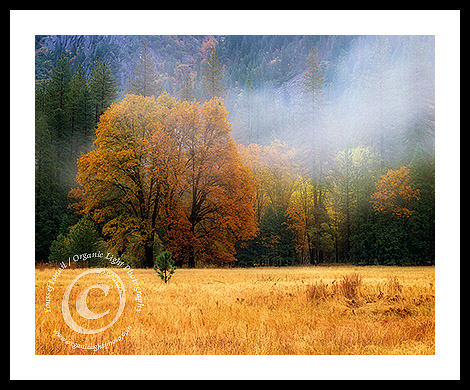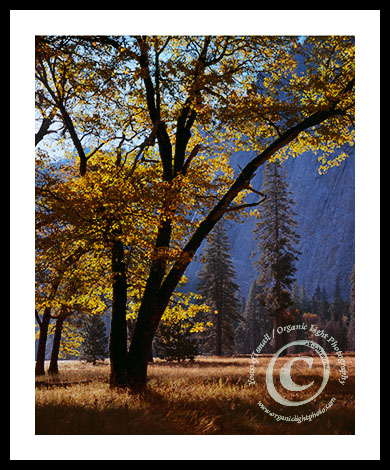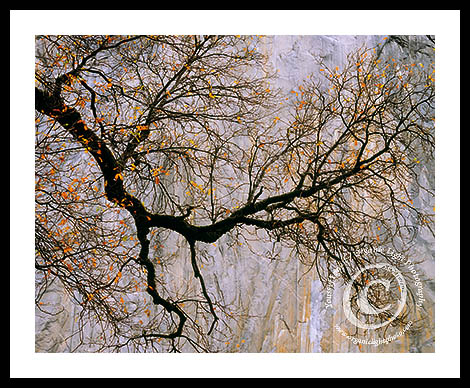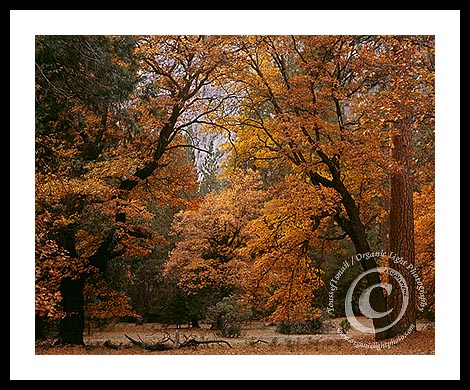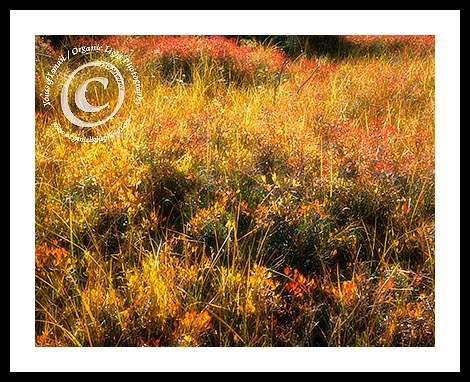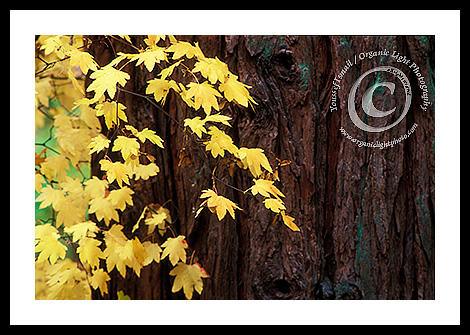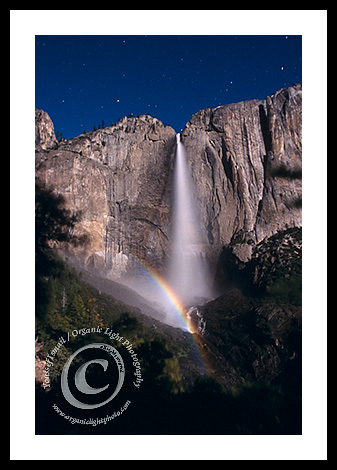The Eye Of Night
Eons ago, light appeared. It gives us the ability to see. The light alternates with darkness giving us day and night. During the day the source of light, a star that is 93 million miles from the Earth, is so strong that we cannot look into it without harming our eyes. The sun that illuminates our world is not considered a very bright star among the myriad of stars that exist in the universe and yet it is the brightest entity in our sky.
However, as the sun drops below the western horizon at the end of each day the sky that was illumined blue turns dark and then a dazzling display of stars fills the night sky. For millennia the night sky has piqued the curiosity of humanity as we gazed out into the universe, and it still does the same today.
At any given moment, when looking at the night sky we only see that myriad of stars as points of light. What we cannot see is that the stars do move across the sky. Yes, we can tell they move as we see them rise in the east and set in the west hours later. However, at any given moment they are just fixed points of light, each slightly different from the other in either color, brightness, or twinkle.
We experience light with our eyes. However, as remarkable as our eyes are, they do not have the ability of persistence of vision. Our eyes function more like sieves than buckets. Photons, the tiny particles of light, that enter our eyes will either instantly be absorbed passing the information they hold to our brain if they happen to be photons in the visible range or they are just ignored. In either case the photons do not persist in our eyes as if they were captured in a bucket.
This lack of persistence limits us in seeing the history of motion that objects undergo. While at the same time it is fortunate that our eyes do not have persistence as our vision would be quite cluttered and possibly very confusing.
Yet with the proper tools we can experience the night sky in ways that elucidate it’s phenomenal nature. With technology at hand, we can augment our vision and see things very differently. The camera is that said tool. One might think that the latest and greatest camera would produce the best photos. While that may be true for most types of photos, modern cameras are starting to behave to much like our own eyes in that they start to fail in capturing light that shows persistence. If the camera keeps “looking” too long, then the physical limitations of the light sensor become apparent and the resulting image will be of very poor quality. The solution to the problem lies in older technology: film.
Film has the uncanny ability to work like a light bucket. Exposing film to light for a brief time causes a photo-chemical reaction to take place in the emulsion that is spread on the surface of the film itself. If exposure is continued for longer periods of time more reactions take place until all of the emulsion has reacted and the film goes clear; producing what is called an over-exposure. However, if the source of light used to expose the film is moving during exposure, especially in the dark of night, the film will not become overexposed even with very long exposures. The film will record where the light source is and through persistence, since once a chemical reaction takes place on the film it cannot be undone, we can see the history of the light source as well.
It’s the perfect tool if one wishes to see how the night sky moves. As the stars move across the night sky, the film’s persistence of vision allows one to see the trails the stars took as they spanned our night sky. The great astronomers of past millennia had great imaginations that allowed them to see such trails in their mind’s eye. We however, due in part to the prevalence of technology, have lost that skill. Our mind’s eye has become dull and untrained. And while we rely on modern technology to see what our ancestors imagined, we still have the blessing of actually seeing the fantastic phenomena the moving stars are.
With the use of a camera and film, the trails taken by the stars as they move across the night sky become readily apparent. The trails themselves will appear different in a geometric sense depending on where the camera is pointed. Point the camera at the pole star Polaris and something amazing appears. Polaris does not move very much at all yet the stars near it seem to sweep out perfect circular arcs. Expose long enough to build the persistence and we start to see a structure that appears to be an eye itself.
I never reflected before on this apparent eye structure that appears in this photo even though I have taught astronomy for years and have watched the sky for many, many more and have imagined how the stars move. Now as I look up at the pole star and the stars that circumnavigate the sky near it, I can’t help but think that I am staring into the eye of night itself.
I further wonder, that as we have been looking up into the night sky for millennia marveling at the stars and the universe, that the universe has been looking back at us as well with one big eye. And if not the universe itself, maybe it’s Creator.
Until next time keep looking and pondering.
Peace.
